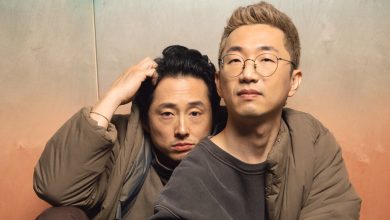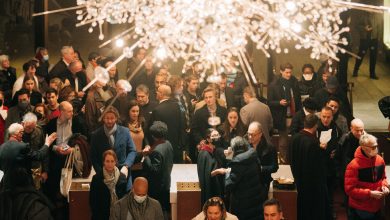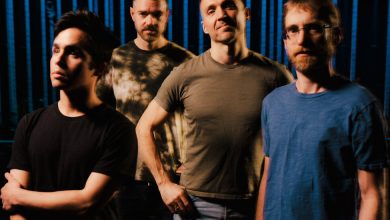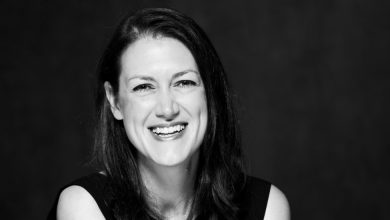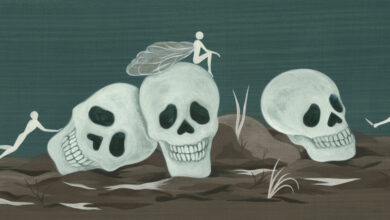Yvonne Loriod Was So Much More Than a Composer’s Muse
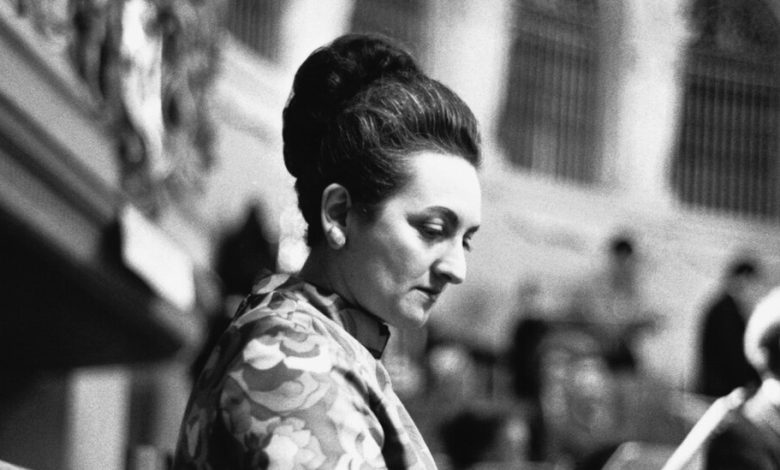
The composer Olivier Messiaen’s earliest students at the Paris Conservatory liked to call themselves the Arrows. They didn’t see themselves as mere pupils; with the help of their teacher, one of the most important voices in 20th-century French music, they imagined themselves shooting arrows into the future.
They weren’t just dreaming. Messiaen’s first batch of students, in the 1940s, included Pierre Boulez, who would become the de facto face of French serialism and modernist thought. Their teacher, though, was partial to another musician in the class: a young pianist named Yvonne Loriod.
Born 100 years ago and a prodigious keyboard talent from an early age, Loriod so impressed Messiaen that he quickly began to write for her, immense masterpieces like “Vingt Regards sur l’Enfant-Jésus” and “Catalogue d’Oiseaux.” She challenged him to push the piano to new limits; he in turn gave her more to chew on than the standard repertoire with which she had built her reputation. They elevated each other, creating what The New York Times would eventually describe as a composer-performer partnership likely without parallel in music history.
“It’s obvious that while writing ‘Vingt Regards’ or ‘Catalogue d’Oiseaux’ I knew they would be played by Yvonne Loriod,” Messiaen said in a book of interviews with Claude Samuel. “I was therefore able to allow myself the greatest eccentricities because to her, anything is possible. I knew I could invent very difficult, very extraordinary, and very new things: They would be played, and played well.”
Their relationship was formalized by marriage in 1961, and it was so fruitful that it’s hard to imagine 20th-century piano music without those solo works or the extravagant, orchestral “Turangalîla-Symphonie.” But their collaborations also tend to overshadow Loriod’s life before and beyond Messiaen. Her devotion to him required renunciation: She let go of her composing ambitions and gave over the majority of her schedule to performing his scores. Yet she remained a brilliant artist with a broad-minded, generous view of her instrument and its long history.
